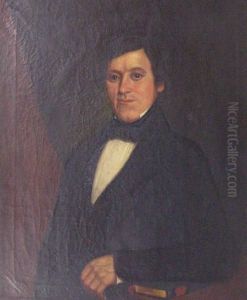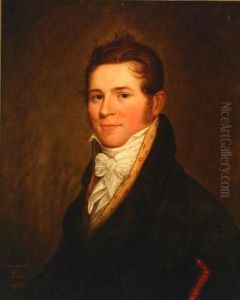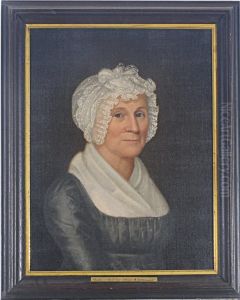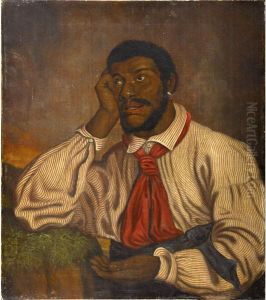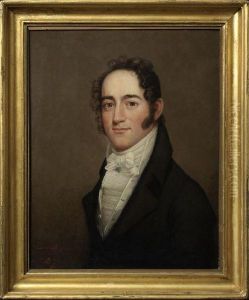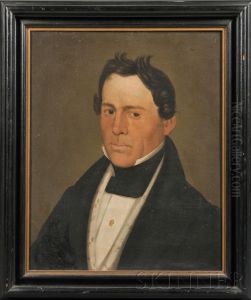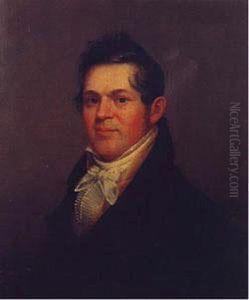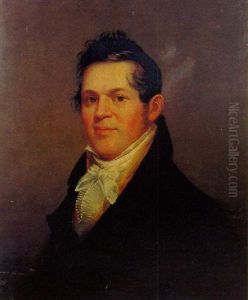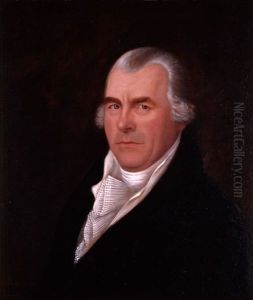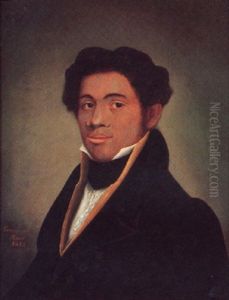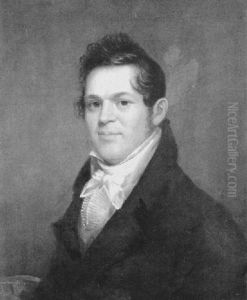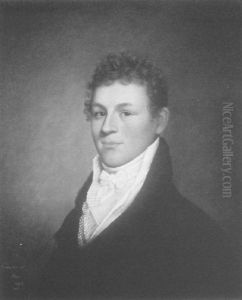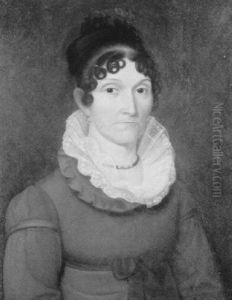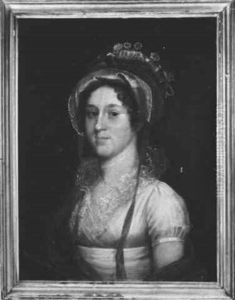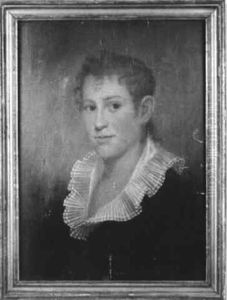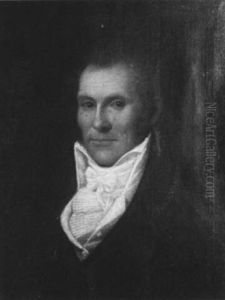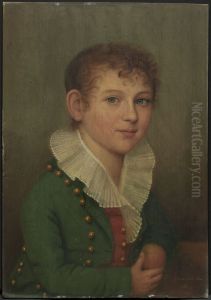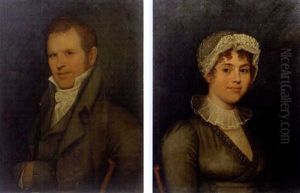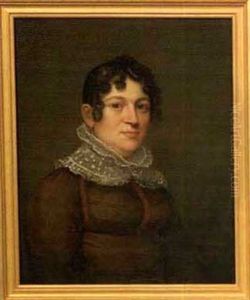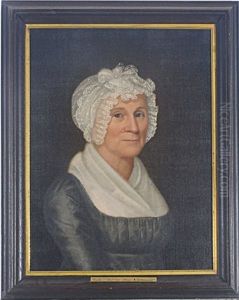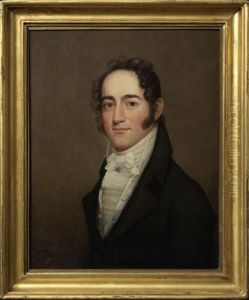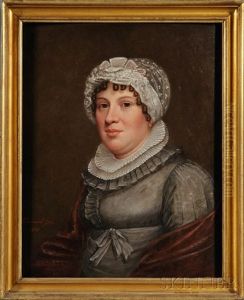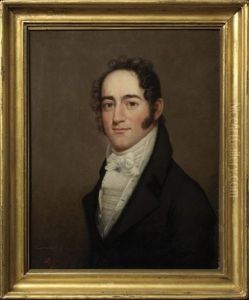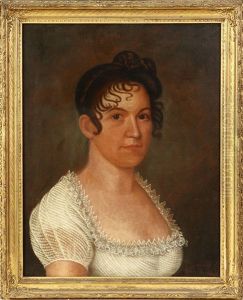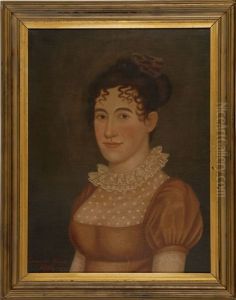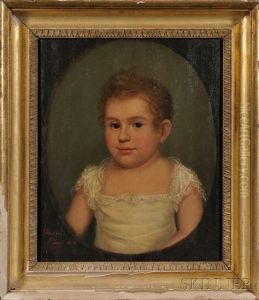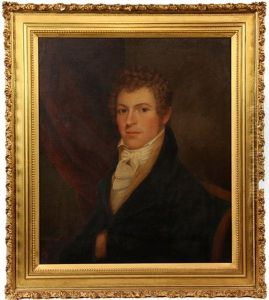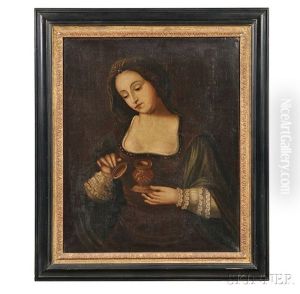Ethan Allen Greenwood Paintings
Ethan Allen Greenwood was an American painter and museum proprietor born in 1779, notable for his contribution to the early American art scene, particularly in portraiture. Born in Hubbardston, Massachusetts, Greenwood's artistic journey began at a time when the United States was still forming its identity, both politically and culturally. Despite the lack of formal art institutions and training facilities in America at the time, Greenwood managed to develop his skills, largely self-taught, and became known for his portraits, which captured both the elite and the common folk of his era.
Greenwood's career as an artist was marked by his ability to capture the likeness and character of his subjects, a skill that earned him commissions and recognition. His portraits are characterized by their detailed representation and the use of light and shadow, techniques that were influenced by the European art scene. However, Greenwood's significance in American art history is not solely due to his artistic talent. In 1817, he took a bold step by purchasing a collection of European paintings and engravings, which he used to establish one of the first art museums in the United States, the New England Museum, later known as the Greenwood Museum, in Boston.
This museum played a crucial role in bringing art to the American public and inspiring a generation of American artists. It housed not only Greenwood's own works but also a diverse collection of natural history specimens, historical artifacts, and works of art, including European old masters, thereby offering one of the most eclectic and educational experiences of its time. Through this endeavor, Greenwood contributed significantly to the cultural and artistic education of the American populace, making art more accessible and appreciated by a broader segment of society.
Ethan Allen Greenwood's legacy is twofold: as a talented portraitist who captured the essence of early American life and as a visionary museum proprietor who played a pivotal role in the democratization of art in America. His death in 1856 marked the loss of a significant figure in American art, but his contributions continue to be recognized and celebrated for their impact on the cultural landscape of the United States.
